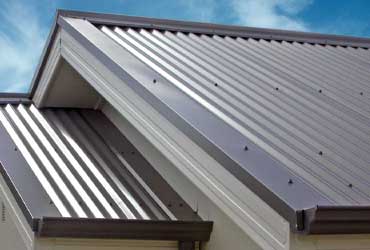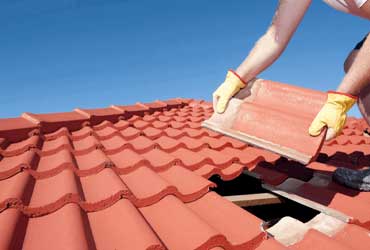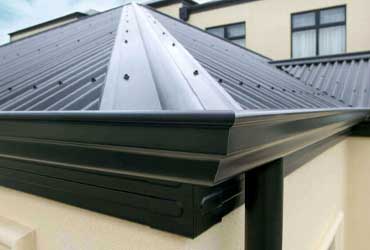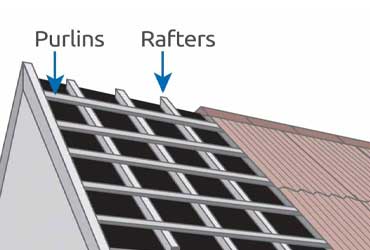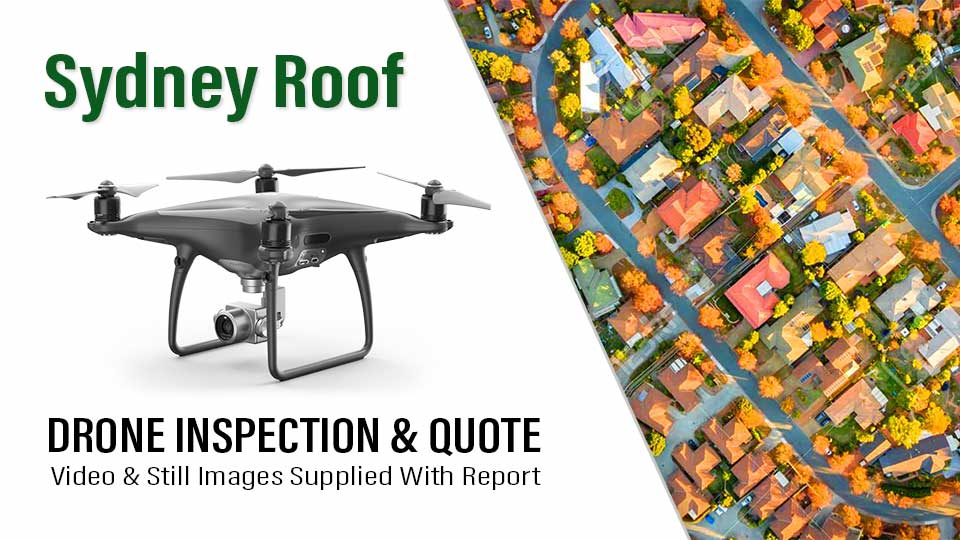Metal Re-Roofing
Tile Re-Roofing and Repairs
Sydney Roof will expertly dispose of your old, leaking metal or tile roof and install a new metal roof or tile roof of your choice.
Roof Repair Service
Metal Roof Repair – Tile Roof Repair
Sydney Roof, are experts in metal roof repairs and tile roof repairs. We will detect the source of the leak and repair the problem fast.
Gutters & Downpipes
Guttering Repairs and Replacement
Sydney Roof are experts at installing new gutter and downpipe systems, valley replacement, ridge capping, and re-pointing.
Purlins
Replaced and Installed New
Sydney Roof will remove your tired, old and defective purlins and replace them with new purlins.
Roof Leak Detection by Sydney Roof
Roof Leak Detection in Sydney
What is leak detection?
There’s something beautiful about the Sydney summer storms and showers, especially when they come at the end of a long, hot day and break the humidity with their arrival. The smell of the outside world after a good storm, when everything is fresh and the gardens are very happily green again… delicious! These storms are the sign of a summer that’s rich in a cultural heritage of spending time with friends and family and letting yourself unwind over the course of hot summer days.
However, if you’re a particularly unlucky homeowner, you might find that some of that blissful shower has indeed made itself inside your home. There’s a certain sense of dread that can come when a leak is spotted in the home. Questions like ‘how extensive is it? And how much will it cost me to fix?’ are common.
Or perhaps everything looks fine on the surface – no noticeable leaks, everything in your home is in working order, and yet, there’s a dripping noise coming from somewhere on your property, or your water bill has skyrocketed. Chances are there’s a leaking water pipe that’s losing litres of water every hour that’s gone unnoticed until now. This can also cause some pain and financial discomfort for the homeowner, with money literally dripping away in the form of excess water usage throughout the day going undetected.
There’s a way to avoid this familiar and uncomfortable feeling… leak detection!
Leak detection is a system that is used to determine not only if a leak has occurred, but also where it has occurred. Qualified technicians who carry years of experience in the field are able to locate leaks and leave clients with detailed reports on what is required in order to fix the problem. A leak detection report is an independent assessment that will often be able to identify who the responsible party is for the leak, whether it’s a contractor or your home’s original builder. By bringing in a third party leak detection technician, an impartial assessment is carried out that will also leave you with tools and recommendations on how the problem can be solved to prevent long-term leakage issues and further damages.
Leak detection is crucially important to many industries, such as local councils and governments responsible for thousands of kilometres of water pipes. One of their best investments is in the area of leak detection and repair. In the same way as a small leak in a residential home can lead to significant damage, leaks in an industrial capacity can lead to heavy long-term damage and an expensive fix to taxpayers if the problem is not identified and properly rectified as early as possible.
Acoustic devices are often used in leak detection investigations. These devices are able to pick up on the noise water makes as it leaks from pipes in a way the naked human ear cannot achieve.
Leak detection reports are also carried out for gas leaks in a similar manner. Gas leaks require attention in much the same way water leaks do, as they can lead to the creation of dangerous conditions if certain gasses are leaking out with no control into their surrounding environment, as well as an increased cost through the wasted gas.
Why is leak detection important?
Leak detection is an important process to engage in if there is evidence of a leak in your home. Even small signs of a leak can be clues to a much bigger issue. By bringing in a qualified leak detection technician as soon as you suspect there’s a leak going on, you’ll be able to ensure the safety of your home and property by taking the measures required to carry out adequate and thorough repairs. Repairing a problem such as a leak as soon as it is spotted is the key difference in a small repair bill and a major bill.
There are many negative consequences that will occur if nothing is done about a leak, whether in a roof or a wall. There’s a chance the leak has already been developing for years by the time you’re made aware of it, so the structural damage that could already have been carried out may be more significant than you first comprehend. If this isn’t addressed, there’s a risk the damage can upgrade to an irreversible level, which leads to a heavy and completely unavoidable repair bill.
Fear not, however – by being a responsive and prepared homeowner, you can actively keep an eye on your home and identify any small signs of leaks in time to save this process from occurring.
One of the first indications of a leak could be as simple as a streak of water on an interior wall or a drip coming down from the roof. Another sign is a loss of power without apparent reason. If you lose power after a storm but your neighbours’ power remains on, there’s a high chance that this is the result of water shorting some part of your internal electrical wiring.
The best thing you can do to protect yourself from damage getting far worse is to keep your eyes open and check after especially heavy storms for any signs of damage. This is of great importance in older homes, where longer lengths of time may lead to conditions that result in a dangerous leak. The materials your home is made of are particularly vulnerable to moisture damage, as plasterboard is heavily absorbent and sucks in a lot of liquid. When this happens, the internal strength of the panel is degraded. Many ceilings have collapsed with no warning as a result of moisture damage, all of which sprung from a simple leak that could have been fixed had it been identified in time.
There are many different types of leaks that could result in further damage or extensive water loss. These include…
Excess water usage – has your water bill risen steadily with no direct reason as to why? Checking for a leak could be the first step in bringing this regular bill back to the price it should be in reflection of your family’s actual water usage.
Underground leaks – these are very difficult to detect without the experience of a qualified technician, and harder again to solve.
Leaks behind walls – internal leaks can be a big concern, as they can lead to electrical and structural damage, causing more repairs to be needed in the home.
Shower leaks – regular water is wasted when shower heads are leaking, but these go easily unnoticed in the hustle and bustle of everyday life.
Pool and spa leaks – is your pool mysteriously dropping in water levels on a regular basis? There could be an easy fix for a hidden water leak that’s affecting your pool or spa’s levels and causing excess water costs due to the need to constantly refill.
Common mistakes made when inspecting a roof for leaks
Checking for roof leaks is not an easy a task as you might think. It can take a highly trained eye with many years of experience to be able to accurately identify the source of a roof leak, particularly across a wide variety of roof types and roofing materials.
There is also the risk of roof leak damage that is hidden and difficult to spot with the regular homeowner eye. This kind of damage can come from internal rot or damage caused by insects that have gnawed away at the roof’s structural materials.
Other common mistakes that can be made when inspecting a roof for leaks include…
Not knowing that roof leak water can move sideways – when water leaks through a roof covering, it often travels and can move both horizontally and also vertically down the roof’s slope. If you’re not aware of the directions water may travel, you may not be able to properly identify the correct leak source and could misdiagnose your leakage issue.
Being unaware of roof leak water’s ‘dry’ footprints – another confusing element that can add to the trouble of identifying a roof leak is the ability of water which falls onto the ceiling below to flow to a lower point than the point of entry. If some time passes between the rain or storm taking place and the identification of the wet patch on the ground, it’s possible that its path would have dried between the actual point of water entry and where it has settled. This can make identifying the source of entry challenging when there’s no wet path to follow backwards.
What a leak report should contain
A qualified technician will be fully equipped with the knowledge and material required to carry out a leak detection report on your property. This report will include…
Static testing results
Pressure testing results
Moisture level readings
Locations of pipes on your property, including water, sewerage and stormwater pipes
Accurate location identification of blockages in stormwater pipes, sewerage pipes or drains
Advice and recommendations on repair solutions on how to solve the leak in a cost-effective and thorough manner
Identification of any faulty or under-performing equipment in your pipe systems
Photographic evidence of the pipe systems in place on your property, as well as the photos identifying the leak. These photos are achieved through thermal imaging equipment that provides clients with irrefutable proof of floods, water ingress, and water damage, allowing for an easier conversation with the insurance provider
A conclusion – this gathers all of the supporting material into one easily digestible conclusion, giving you the overview you need to move forward in solving the leakage problem
How to proceed after your leak detection report
The results of your leak detection test will give you the information you need to make informed decisions as to how to move forward. If your home was recently built or is still under a builder’s warranty, the leak detection report will be able to show you whether or not the scope of the leak is a result of incomplete or poorly handled installation or construction. If so, you’re now in a position with the tools and data you need to return to the builders and request for their company to be responsible for repair costs.
If the report concludes that other damage is the cause of the lake, it may be time to turn to your insurance provider. Not all leaks and water damage types are covered by all insurers, so pull out your policy and take a look at the terms of your coverage. If you are covered, the leak detection report will give you the tools you need to negotiate a quick and thorough repair job on your insurer’s tab. You may still need to cover the excess costs, but this is a far better alternative to letting a leak lie dormant and wreak havoc and further damage in and throughout your home. Early detection can save a huge financial headache!
Depending on the leak detection technician you hired, they may be able to continue to work with you in implementing the required and recommended repairs. Many contractors are fully equipped to deal with leaks such as…
Pipes that are leaking within the walls
Leaking shower taps leading to extensive water loss
Leaking shower combinations
A shower base that has sprouted a leak
Roof leaks that have occurred as a result of cracked tiles or missing silicone, or other roof damage
Your home is one of the largest investments you will make in your lifetime. Knowing how to keep a discerning eye out for leaks will save you time and money in the long run if you’re able to spot any leak issues whilst they’re in their early stages. Get to know your home and familiarise yourself with any discolouration or damage, so it’s an easy process of checking for changes after particularly bad storms or on a regular basis throughout the year. By spending the time early on, you could save yourself a world of trouble if you fail to identify a leak and it develops into a bigger problem over the course of time.
If you do find any sign of a leak, reach out to a leak repair technician as soon as possible. By hiring someone with extensive industry experience and an intimate knowledge of leaks in all of their slippery forms, you’ll be able to ensure your home is getting the TLC it deserves. Leaks are easily solved when identified early on, so be alert, be wise and enlist the services of a professional if you need to solve a leak problem in your home.

